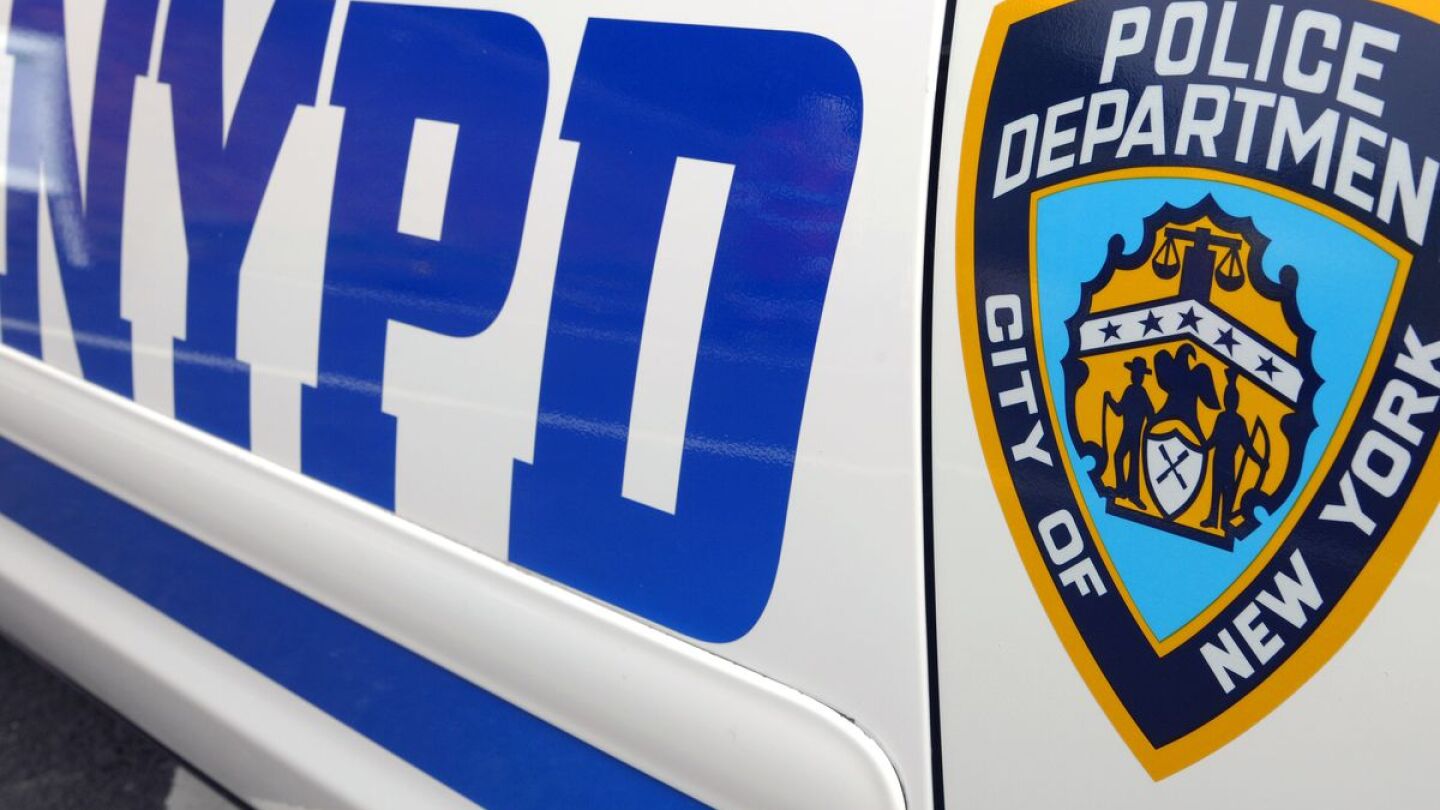Crowd Control
The Crowd Control topic focuses on the difficult task of controlling large groups of people with a limited number of police officers and resources. The police crowd control articles and tips in this section focus on strategy, policy, planning and tactics that can help quell a riled-up crowd and riot gear — helmets and shields — that will keep them safe in the process.
Law enforcement must be prepared for the worst when a controversial verdict is read, protestors become violent or a sports team wins a championship and the celebration spills to the streets.
Kevin Scanlon shares his father’s account of the 1965 unrest, offering a firsthand view of how one stop became a turning point in American policing
Weapons Storage*
A Marine veteran shares how he earned the name “Weapon Snatcher” during the 2020 riots
DOJ can now withhold or freeze grant funds if your agency fails to meet enforcement and documentation requirements under EO 13933
During pre-event contacts, share these key strategies with demonstrators to help maintain order and prevent conflicts during protests
This resource reviews each phase of a protest response that can be tailored to meet individual community and agency needs and resources
The incident occurred during a chaotic protest over the construction of a new homeless shelter in the council member’s district
How innovative solutions and best practices can enhance coordination, maintain public safety and foster harmony during periods of heightened tension
Exploring the ever-growing array of options and implements that promise to restore order to out-of-control situations
Download this Police1 riot response gear buying guide to learn key steps for product selection, purchasing and implementation
Download this Police1 drones/unmanned aircraft systems buying guide to learn key steps for product selection, purchasing and implementation
A reserve San Jose PD officer was trying to reach an injured person when “his patrol car was overrun by spectators who prevented him from providing aid”
The cost of public safety for NFL games increased due to a 2018 public safety audit and a 2020 officer pay increase to double time for security details
This “eyes in the sky” equipment helps boost safety for community members
The standard for whether speech is protected has evolved to provide more protection
Officers have received fresh de-escalation training, while about 3,000 officers are undergoing specialized training to “respond directly to civil unrest and the possibility of riots”
Use the promo code DISPOSABLE20 for 20% off Tri-Fold restraints and accessories
A review of the effective strategies and calm professionalism of police forces nationwide in managing recent civil disturbances
Police should understand that protesting is no longer relegated to a lone spot on the map, but could emerge almost anywhere
Host cities for the FIFA Soccer World Cup 2026 like Atlanta are leveraging federal, state and local partnerships to strengthen riot control units, foster technology collaboration and implement joint intelligence gathering
“Those involved utilized chains, barrels and pipes to chain themselves together and block the roadway.”
Firing your weapon to stop an imminent deadly threat may be the most difficult decision you ever have to make
The Portland City Council on Wednesday approved a 6% salary increase for officers who join the Public Order Team in the Portland Police Bureau
Unraveling the strategy and impact of protesters using “sleeping dragons,” and the nuanced law enforcement approaches to safely manage these challenges
When policing in a crowd, employ tactics that are well-trained, effective and consistently present you in a positive light
“These announcements will allow police officers, whose lives were upended by the indictments, to return to their services to our community,” said Austin Mayor Kirk Watson
The Philadelphia Police Department cruiser was flipped over and then set on fire during a protest over the death of George Floyd
Designed as a revolutionary advance in riot armor, the NovaSteel Breastplate is an up-armorable plate carrier capable of stopping a full spectrum of threats
From boots to barriers, here’s what stood out for patrol and emergency response situations
Social media influencer Kai Cenat faces charges of inciting riot after thousands cause mayhem in NYC
“We have encountered things like this before but never to this level of dangerousness,” Chief Jeffrey Maddrey said
Communication with organizers before, during and after events can help head off problems
At least $10M will be paid in the city’s highest per-person settlement in a mass arrest class-action lawsuit
Automated less-lethal technologies may relieve officers of their most difficult decisions
Your eyesight may be at risk – do you know what to do in a laser incident?
MOST POPULAR
- ‘We will kill you graveyard dead': Fla. sheriff warns against harming law enforcement during protests
- What if your less-lethal option fails?
- Shots fired: The organized retail crime epidemic the media won’t tell you about
- Trump creates task force to prepare for 2028 Olympic Games in Los Angeles
- “One and done”: Real-world success stories of a less-lethal option that won’t fail



































